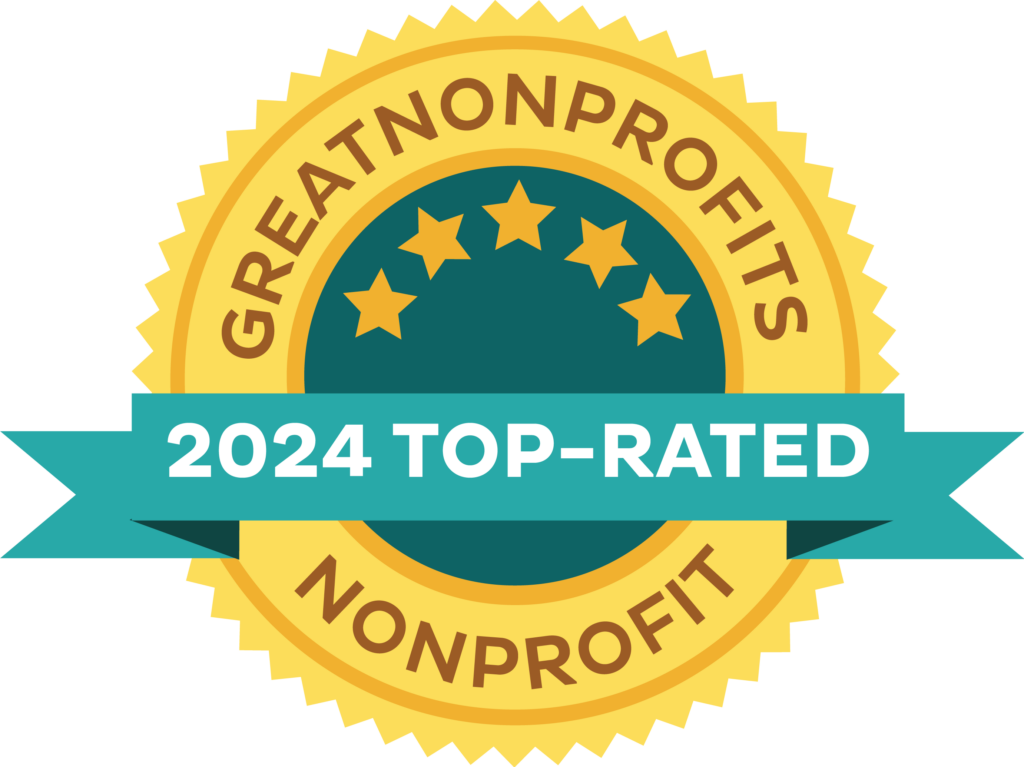Are you new to investing? Does it absolutely terrify you – the thought of investing and watching the value of your portfolio rise and fall like the tide? You are not alone! There is a lot to understand and that simply takes time, but you are never too old to get started. Most do so with a trusted investment advisor, but the following should be a helpful way to begin investing now to reach your dreams in the future.
What is Investing?
Investing is the act of committing your hard-earned money to a stock or bond or something else, or a “portfolio” of such products, in the hopes of earning a financial return.
Unlike plopping money into a savings account at your bank, investing in the stock or bond market is very different. You will earn little at the bank because a typical passbook savings account is essentially risk-free. Investing in stocks and bonds is not risk-free. You cannot build wealth with a savings account today; you must assume more risk to build wealth in order to achieve your financial goals.
Imagine that you have $10,000 dollars and have three options for it:
Option 1: Hide it all under your mattress
Option 2: Deposit it into a passbook savings account (with 0.5% annual interest earned)
Option 3: Invest it in a diversified portfolio with an annual average return of 6%
What will you have 10 years later?
If you chose Option 1 and hid it under your mattress, you would still have $10,000. Safe and sound, right? Unfortunately, with inflation at a historical level of 3%, you actually lost money – buying power – every year for 10 years. That means your $10,000 “investment” is worth more like $7,440 after 10 years.
If you chose Option 2 and put it all in your savings account, which today is earning at best 0.5% annually, your $10,000 grew to $10,511before inflation and taxes are considered. Let’s not even consider taxes and just factor in inflation of, again, 3%. Your $10,000 is worth about $7,825 after 10 years. Using a savings account for an investment is very similar to putting it under your mattress!
If you chose Option 3 and invested your $10,000 in an investment portfolio yielding 6% annually, the results are significantly better. Before inflation and taxes are considered, your original investment would have grown from $10,000 to $17,908. Again, factoring in inflation, you would net $13,326. As you can see, this is the only plausible means for building wealth.
Types of Investments.
Okay, you now understand that to build wealth, it takes time and investing in a portfolio of investments that provide a rate of return greater than inflation and, hopefully, taxes. So, the questions you are now asking are: what holdings do I buy and how much will it cost me to put this investment portfolio together? If you are new to investing, you will want to solicit the help of an experienced and trusted financial advisor to help you wade through the myriad of options. Here are just a few of the different “asset classes” that you can buy:
- Cash and cash alternatives
- Equities, which includes stocks, ETFs, UITs, and mutual funds
- Bonds, which include Treasury products, municipals, corporates, and many others
- Real Estate and REITs
- Commodities
- Alternatives, including gold and derivative products
The costs of these products vary widely. There are “internal costs” of products that you may not even be aware of, like with mutual funds; this is a cost to you that will reduce the rate of return dollar for dollar. The more expensive a product is, the less return you net, so it’s important to pay attention to ALL costs when purchasing investments. You may only pay the cost once, called an “up front” or “front loaded” charge, or you may pay a management or other fee monthly or annually. Remember: higher fees mean lower returns. Be sure to ask your financial advisor about all costs associated with your investment portfolio.
Investing tips for beginners.
Investing is not for the faint of heart. You must have some knowledge of these basics to avoid not just surprises, but the potential of losing some or all your money. You cannot avoid all risk and just reap the rewards. They go together, and this is what becomes particularly worrisome for investors, especially as they grow older. They want (or need) a 6% or better return, but they are simply unwilling to take on the risk associated with this return. Here are some basic tips as you begin to think about investing.
Tip #1: Avoid lifestyle creep
Lifestyle creep is the term used to explain what can happen when you make more money and then start purchasing items, like new cars and jewelry, that once seemed like luxuries. Just because you can afford these things, would the money be better spent investing, or reinvesting, for future security. You can look rich or become rich – the decision is with you and how much you spend versus how much you save.
Tip #2: Start investing – even if it’s only a little
Even saving $50 a month can be a start. Using our earlier example of a portfolio earning 6% annually, starting with $50 a month and contributing $50 every month for 10 years, your investment would grow to $8,253! So, what are you waiting for? The earlier you start, the more money you will likely earn.
Don’t have $50 a month to invest? Three are several applications available today that help you save and invest using your spare change. Acorn, established in 2014, will round up your purchase and invest this “spare change” for you. For example, say you spend $3.23 on a sandwich. Acorn rounds up your purchase to $4 and invests the additional $.77 cents in inexpensive ETFs. Investing even small amounts of money regularly can allow you to save over time.
Tip #3: Understand your “risk appetite”
A good way to think about risk is to ask yourself a very important question: how much money can I afford to “do without” or even possibly “lose?” Over history, portfolios grow about 75% of the time; this means 25% they don’t! Your portfolio, for a short time, could lose value. We call this a “paper loss,” since you don’t experience a permanent loss unless you sell your investment at a lower value. When your portfolio has lost value, it is best left alone, meaning it is not a good time to withdraw money from your portfolio. You should “do without” during this time, and if that’s impossible, then you will want to take less investment risk where there is less volatility and uncertainty and chance of loss. Understand, then, that your reward – your portfolio growth – will be less. Your appetite for risk is much higher when you are younger than older, and your appetite for risk is much lower in falling markets than in rising ones.
Tip #4: Diversify, diversify
We’ve all heard the stories of getting in on a stock tip early and making a fortune. This can happen, but rarely does. If you had purchased $1,000 of Amazon stock in 1997 during their initial public offering (IPO), today your position in Amazon would be worth more than $218,000. Not bad, but rarely is investing in one stock advised.
It is less risky to invest in a diversified portfolio of investment holdings. Generally, you give up some return, but you also prevent more serious losses with a diversified portfolio, which would include some percentage (“allocation”) of the asset classes mentioned earlier.
A portfolio 100% allocated to stocks is far riskier than a portfolio with 5% cash alternatives, 25% bonds, 55% equities, and 15% alternatives. Yes, your return would probably be better over time in a 100% stock portfolio, but you will be assuming far more risk, as well.
This reduction in risk is primarily due to the fact that asset classes are “non-correlated,” meaning that when one asset class does well, another one might not be doing well, so there is this offset. For example, often when stocks are doing well, bonds are not, and vice-versa. This offset reduces the risk of putting “all your eggs in one basket.” Under certain market conditions, asset classes correlate, but this is not typical. It is wise to diversify across asset classes to reduce portfolio or “market” risk and to review asset class allocations regularly to ensure you are invested appropriately to meet your risk appetite and financial goals.
Summary.
Investing is not for everyone, but generally everyone would benefit from doing it. It is the only way to build wealth and achieve your financial goals. If you are fortunate enough to inherit a large sum of money, perhaps you will be able to achieve your goals like buying a home, sending your children to college, and retiring comfortably without investing. For the rest of us, we need to invest to accomplish these things. Therefore, educate yourself and hire an experienced financial advisor. The rewards are worth the risk.





